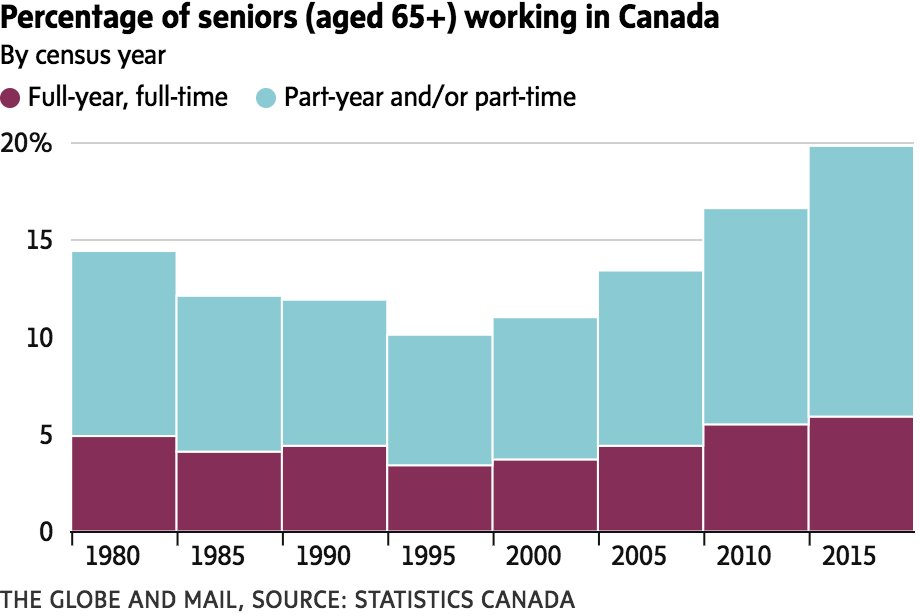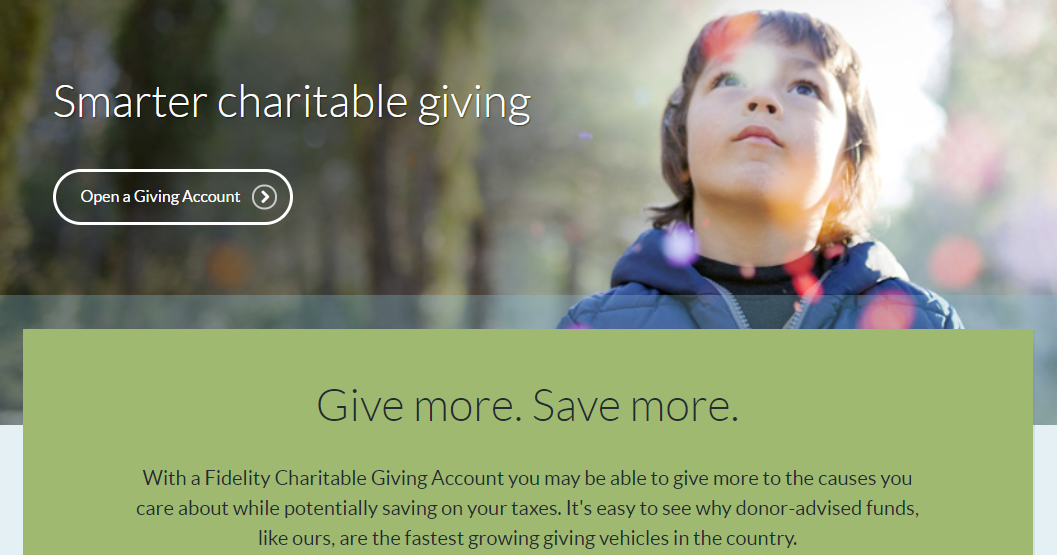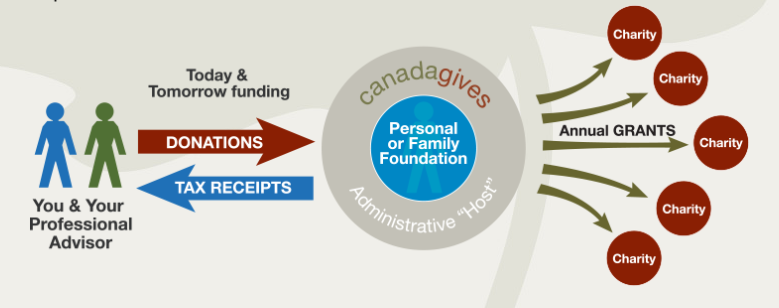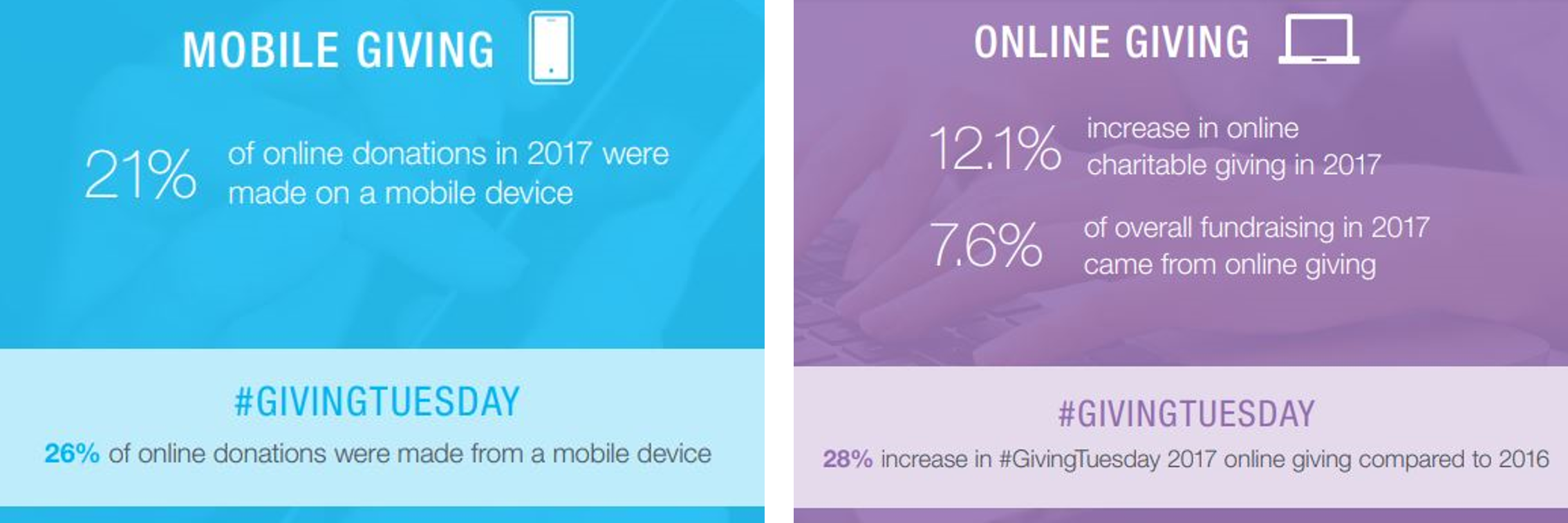WHAT CAN WE EXPECT TO DISRUPT THE FUNDRAISING SECTOR IN 2019?
WHAT CAN WE EXPECT TO DISRUPT THE FUNDRAISING SECTOR IN 2019?
Andrea McManus, ViTreo Group Inc
January 8th 2019
By anyone’s standards, 2018 was a year of chaos in many respects and 2019 is unlikely to be different. As not for profits and fundraisers, we will continue to feel the impact of these disrupting forces which include cultural trends, changing social issues, demographics, the rise of the Female Philanthropist, giving by the Super Rich and more.
This quote from Sarah Davies, an Australian guest at the 2018 Philanthropic Foundations Canada Conference, does a great job of summing it up:
“Disruption: how our current political, environmental, cultural, economic and technological contexts are affecting and disrupting all aspects of our lives, including philanthropy and the for-purpose sector more broadly. Linked fundamentally with shifting power and trust, many conference speakers explored questions like, how is democracy evolving? What is digital capital? Even what is truth? I recommended Jeremy Heiman’s book, New Power, to those I spoke with, as a terrific summary and description of what some of these changes look like and mean; ” (source: Sarah Davies, Guest, Philanthropic Foundations Canada Conference)
As we attempt to traverse the ever-shifting terrain which seems to be the new order, here are some of the specific aspects I’ve identified as influencing the not for profit and fundraising world. There are far too many in this topsy-turvy environment in which we find ourselves to cover here but these are some of the most obvious trends we are seeing.
SOCIAL ISSUES
Seniors
This demographic is living much longer and many of them have no safety net, and are increasingly dependent on the healthcare system. They are also having to work much longer than previous generations in order to make ends meet.
“People are living longer, more expensive lives, often without much of a safety net. As a result, record numbers of Americans older than 65 are working - now nearly 1 in 5. That proportion has risen steadily over the past decade, and at a far faster rate than any other age group. Today, 9 million senior citizens work, compared with 4 million in 2000.” (source: The New Reality of Old Age in America, Washington Post, September 2017).
The Canadian statistics are just as concerning.
“People are working longer in some cases because they want to remain engaged mentally and socially. But there's a strong sense in the latest census data that necessity is driving the delayed retirement trend as much as anything. Employment income was the main source of income for 43.8 per cent of seniors who worked in 2015, up from 40.4 per cent in 2005 and 38.8 per cent in 1995, according to Statistics Canada.” (source: How many years past 65 will you work?, Globe and Mail, November 2017).
My standard line is that I’m on the Freedom 85 Plan.
Will this delay the supposed “transfer of wealth”? Will there be less disposable income to give through philanthropy?
Affordable Housing
There is a lack of it. We see the rise of the working poor who struggle to just make ends meet. Many young people today are unlikely to ever be able to afford to purchase a home. For baby boomers, this was a significant part of their wealth creation. Unless you are a millennial who will benefit from a wealth transfer by a baby boomer parent, how will you ever afford to retire?
Will this mean more disposable income for philanthropy or less? Will it impact our volunteer rates?
The End Of Work
It is predicted that many jobs will disappear as artificial intelligence begins to play a more significant role in the workplace. How will these people support themselves?
What does this mean for fundraisers? Will some specialties be replaced with bots? Direct mail?
CULTURAL TRENDS
Language
Do we need to watch it? With the rise of gender neutrality, should we be changing how we address our audiences?
“Adapting language that caters to gender neutrality is fast becoming a common practice used by brands in the retail and FMCG (Fast Moving Consumer Goods) sectors to differentiate themselves, target new audiences and fine-tune the marketing of products that aren’t necessarily gender-specific.” (source: Rise of Gender Neutrality -- Impact On Language)
Should we be following in their footsteps?
How will this impact non profits - particularly those that deal with issues related to specific genders? Domestic Abuse and Shelters - how do they provide services to an expanded gender spectrum? Male and female addiction? Some Boys and Girls Clubs in the U.S. have already changed their name -- one club has changed theirs to The Youth Academic & Enrichment Program of Americus/Sumter County Inc (source: Boys and Girls Club Changes Name ). Another club in Indiana has been issued a Cease and Desist letter because it has yet to change it after being requested to do so (Boys and Girls Club to Change Name after Cease and Desist Letter).
Newcomer Giving
As cultures diversify globally because of immigration and refugee movements, these new prospect groups must be considered and integrated into strategy.
DEMOGRAPHICS
Millennials
“Millennials don’t give to organizations. They support causes.”
(source: Understanding What Motivates Millennials to Give to Your NPO, Nonprofit Hub, 2017.)
We need to shift our strategy when approaching this demographic. While some of what is important to this upcoming and influential cohort is the same as previous generations, there are also differences. I wrote about the ways in which millennials are disrupting philanthropy back in October — Millennials - Are They Really Disrupting Philanthropy. There’s also a great BrainTrust Philanthropy podcast with some of Calgary’s very own millennials - Millennials -- We're Just People Too.
THE IMPACT OF GIVING BY THE SUPER RICH
As editor of the website Inside Philanthropy, David Callaghan, also author of The Givers: Money, Power and Philanthropy in a New Gilded Age (definitely worth reading) writes in his article What’s Different About the “New” Philanthropists (If Anything)?:
“Since 2000, many wealthy people have embraced philanthropy. And some — like Bill and Melinda Gates and Michael Bloomberg — have done so on a very large scale, with grand ambitions. This is the subject of my new book, The Givers, and as I’ve traveled around promoting it, a question I often hear is: What’s different about these new givers, if anything?” (source: Inside Philanthropy)
The influence these billionaire givers have and will continue to wield may impact many of us. Is the clout they brandish desirable? The Provocateur will be exploring this in the coming weeks.
THE MECHANISMS FOR GIVING
The mechanisms used by donors to give money are also changing.
“The past 15 years has seen the rise of a large new infrastructure of funding intermediaries and consulting firms. Donor-advised funds, which barely registered on the philanthropy scene 15 years ago, now rank among the largest grantmaking institutions in the U.S. The LLC is becoming more popular as a giving vehicle, in part because it offers more versatility for pulling all the levers of change, including impact investing. That so many emerging donors are keen to find for-profit ways to solve problems is another example of the big changes afoot in philanthropy.” (source: Inside Philanthropy -- What's Different about the new philanthropists)
One example is the Fidelity Charitable Giving Account which promotes itself this way:
North of the American border, donor-advised funds also exist — one is Canada Gives…”which offers committed philanthropists the most flexible and administratively simple way to support funding of their preferred charities through our customized Donor Advised Funds (DAFs)." (source: Canada Gives)
LAST BUT NOT LEAST…TECHNOLOGY
There’s no getting away from it in any aspect of our lives including how we give. Technology wields an enormous influence on how charities raise funds and how givers donate. Our strategy and our approach must always consider where our audiences lives, works and plays. And it is online.
IN CLOSING…WHERE’S THE OPPORTUNITY?
Change has always been inevitable and it appears to be more disruptive than ever (That’s a fact that’s not going to change 😄).
With any reshaping of our environment and our world, there is always opportunity. And the donor dollars will go to those who understand that and act on it (based on well conceived and executed strategy, of course).
These trends and more will impact our entire sector. There is much to consider - will the expected transfer of wealth occur? Will there be more or less money for philanthropy? Will some of us be replaced by artificial intelligence? And do we need to be concerned about the power held by the immensely wealthy? Lots to think about.
There will be challenges and there will be opportunities. I like to focus on the positive. What are the opportunities you envision in 2019?
Interested in learning more about trends that are disrupting 2019? ViTreo offers the following presentations; Trends in Fundraising and Is Fundraising Ready To Be Disrupted? Book a workshop for your team.
ABOUT THE AUTHOR
Andrea McManus, Chair, Board of Directors, Partner
ViTreo Group Inc
Andrea McManus is a Partner with ViTreo with over 30 years’ experience in fund development, marketing, sponsorship and nonprofit management. A highly strategic thinker and change maker, Andrea has worked with organizations that span the nonprofit sector with particular focus on building long-term and sustainable capacity.












